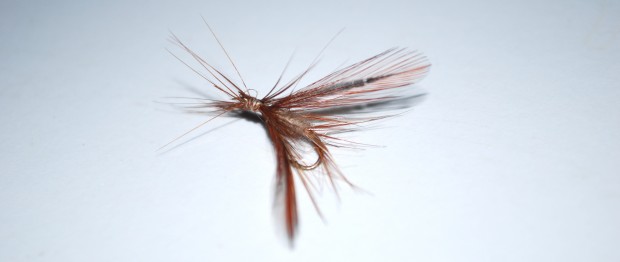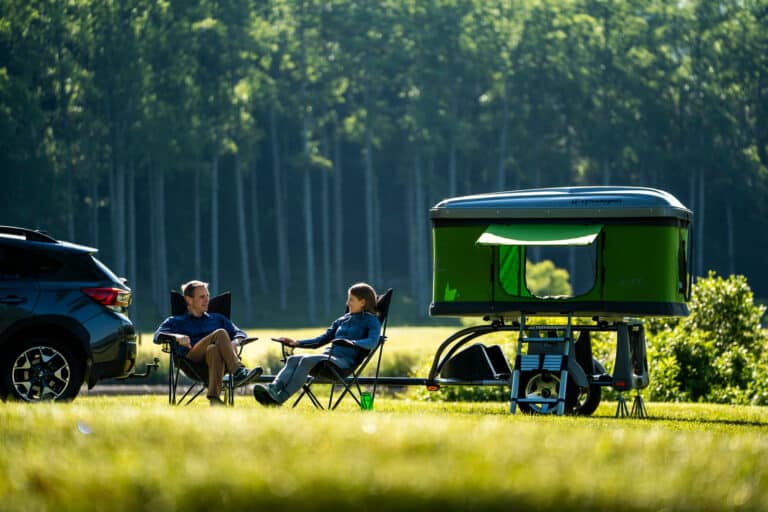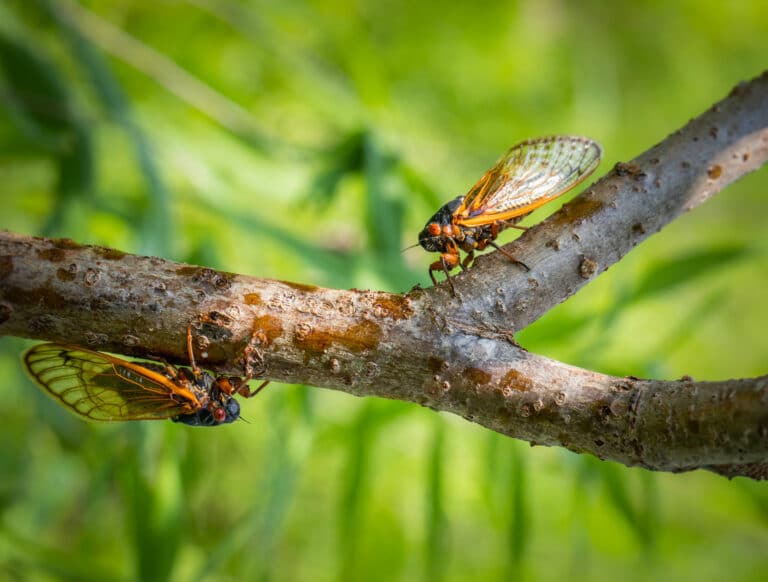![]()
“But what’s remarkable about just a straight cast–just picking up a rod with a line on it and tossing the line across the river? Well, until man is redeemed he will always take a fly rod too far back, just as natural man always overswings with an ax or golf club and loses all his power somewhere in the air; only with a rod it’s worse, because the fly often comes so far back it gets caught behind in a bush or rock.” – Norman Maclean
I’ve read about it, watched films about it, and have been forced to listen to my friends return from the great state of Montana boasting about it. Last week I finally got the chance I had been waiting for: fly-fishing.
My co-worker Jack Murray and I had decided to get an early start on the day and ‘rip some lips,’ as he humorously put it. So I woke at 6 a.m., put together a quick peanut butter and raspberry-jalapeño jam sandwich, brewed some hot coffee for the drive, threw on a warm sweater, and waited outside. Before dawn, the air was brisk, and I felt myself coming alive on this dark, beautiful weekday morning as the fog slowly lifted.
We headed west on 64 towards Waynesboro where the South River meanders through, bisecting the town. Sometime just before 8 a.m. we were standing in a parking lot throwing on our waders and boots, excited to get in the water.
Jack had brought two rods: an Orvis two-piece five-weight rod and an Orvis three-piece five-weight rod. I knew nothing about them, but I knew they looked fantastic and I couldn’t wait to get my hands on one of them.
Jack looked through his fly box and pulled out a fly that looked, to me, like a giant cockroach some kindergartner had put together with pipecleaners.
I’m going to start you off with a Chernobyl Ant fly so you can feel the weight of the fly and practice casting.
Sounded good to me.
The South River is regularly stocked with rainbow and brown trout. From my understanding, late October isn’t prime-time fly fishing anywhere in the East, but we had arrived just in time for the Delayed Harvest–a fact that had boosted my hopes for catching my first trout as a ‘real’ fly fisherman.
But first I had to learn to cast. I knew the drill: 10 o’clock, 2 o’clock, all in the wrist (not really), don’t over-cast. No problem. I spent my entire childhood in Wisconsin fishing with standard spinning reels using night crawlers, minnows, leeches, and lures, and figured myself for a pretty good cast. It didn’t take me long to realize that fly fishing was a different animal and it was going to take me a while to learn the craft.
I’ve never been the type of guy to take the easy beginners route. When I learned to ride a motorcycle I was thrown on a Honda XR250 when I was only 13, from which I couldn’t touch the ground if I tried, and hadn’t driven a motorized vehicle of any sort aside from a carnival go-kart in my entire life. I rode it alone that day in a grassy field until I crashed. And then rode it some more. When I learned to snowboard, having never before skied either, I spent maybe one hour on the bunny hill and got tired of breaking my ass and told my pal to take me to the black diamonds where I got pretty good at snowboarding in one day because I had to. When I learned to surf I ignored the big foamy boards and surf lessons and grabbed a real 9’8″ single-fin Robert August and paddled way out to where the best surfers were awaiting their sets in Waikiki and I waited my turn until I caught my first wave of many that trip. I almost got beat up, but that’s beside the point.
This felt no different.
So we ditched the parking lot casting lessons and decided to just get in the water and see what happened. I tied up a smaller Royal Wulff fly–Jack a Caddis fly–and we hit the river.
Things were rough at first. The sound of the fly smacking the water behind me was aggravating. I’d get a good rhythm going with the fly floating through 20 feet out through the air in either direction, but then watch it fall five feet in front of me when I let it go. This procedure would continue most of the day. Then I’d get a backlash snag in my line. Or catch a bush behind me. Or a rock. Or start slapping the water again.
Why wasn’t this working? I’m no expert on fly fishing–that should be obvious by now–but I do know this: patience and diligence are essential. I shrugged it off and remained calm, sometimes taking fifteen to twenty minutes to get a snag out of my line.
Four hours later, Jack was upriver fishing near a pretty good little hole, when suddenly everything around me seemed to disappear. I was no longer looking for fish. I wasn’t looking for holes or riffles. I couldn’t hear the roar of construction just over the bank behind me. I didn’t care how far Jack had strayed up river. The numbing pain of my feet crunched into boots a full size too small became insignificant… suddenly nothing mattered.
My eyes were fixed on this yellow beam of line, this magical current shooting out of the end of my rod. The beam never touched the water until I wanted it to. If there was a tree or an awkward breeze, I ditched the standard 10 o’clock-2 o’clock method and improvised–in fact, I’m not sure I ever even got the standard 10 o’clock-2 o’clock method. That didn’t matter. There was something about that initial connection, the practice of practice, the patience that sometimes pays off, that had lured me into a fly-fishing meditation. There was nothing perfect about it in any real fishing sense, but there was a connection between the line and myself that day. I adopted a sort of style, letting my arms and line do the talking, and just went with it. I was in my zone and nothing else around me could enter it.
That feeling is one that can only be fulfilled by patience and determination, and every one of those who have achieved it knows what I’m talking about. It’s the feeling of triumph. The feeling of exultation. I have a long way to go before I’ll ever call myself a fly fisherman, but I had finally gotten my feet wet, and I had learned some of the most important lessons in fly fishing: Patience, determination, and improvisation. The rest can only come with time.
Jack and I left that river only having caught a few small, unknown species, which appeared to be some sort of bass–perhaps even trash fish–neither of us knew. The fact that we didn’t catch much didn’t matter. All that mattered was that we had been out on that river that day, with our poles and tackle, immersed in the moment.
For further information on the Delayed Harvest, check out our last fly fishing blog titled Delayed Harvest Moon and for a fly tying tutorial check out our video below.
A fly tying tutorial video for first timers.








